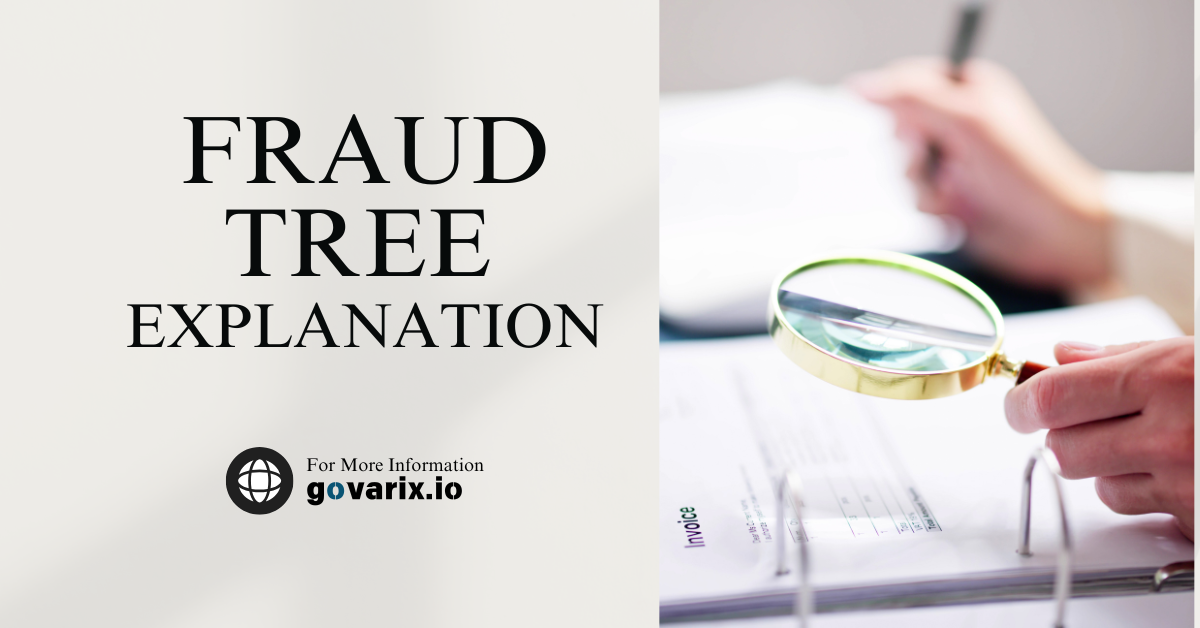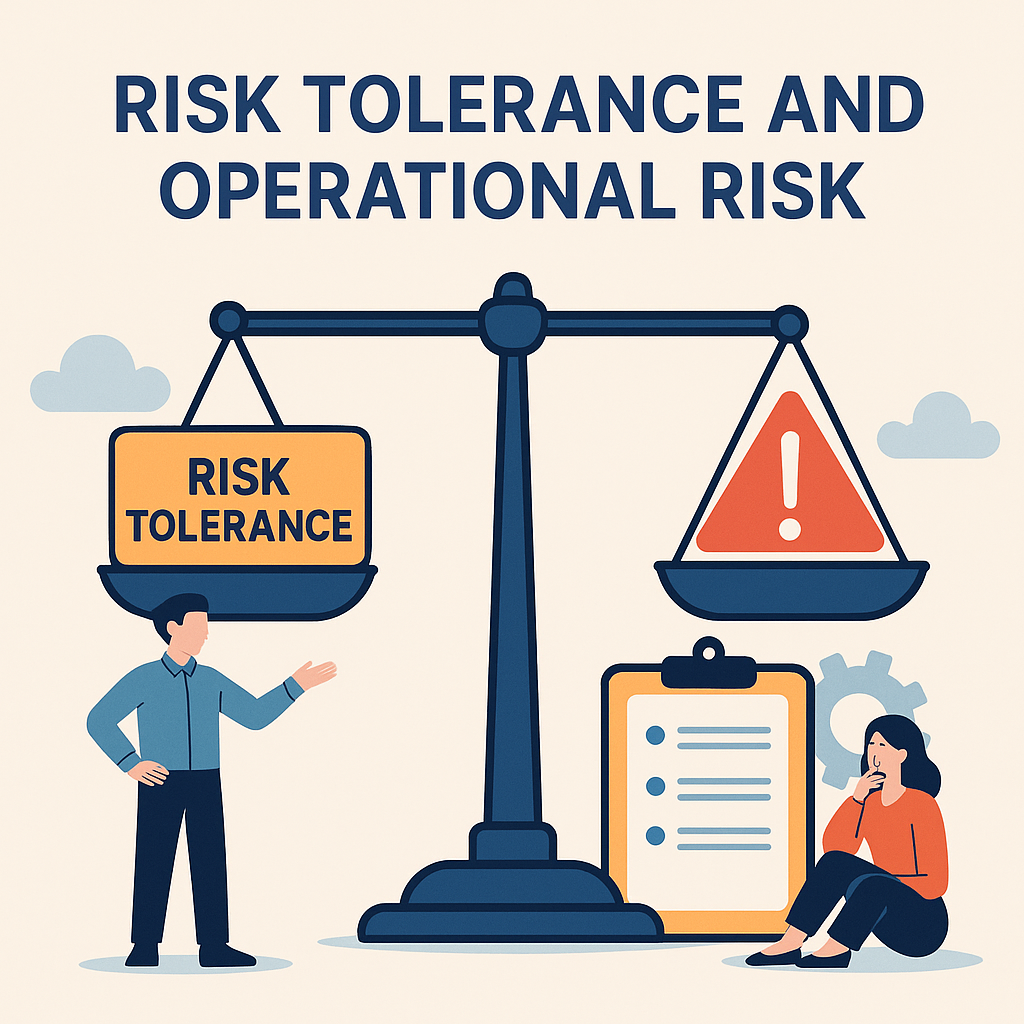Introduction
Fraud is a significant challenge for businesses and economies worldwide. To combat fraudulent activities effectively, it is crucial to understand how they occur, the different types, and their impact. The Fraud Tree, developed by the Association of Certified Fraud Examiners (ACFE), serves as a classification system to categorize different types of occupational fraud. This article provides a detailed explanation of the Fraud Tree, real-world examples, and insights into preventing fraud.
What is the Fraud Tree?
The Fraud Tree is a structured classification system that organizes fraudulent activities into three primary categories:
- Asset Misappropriation – Involves the theft or misuse of an organization’s assets.
- Corruption – Occurs when an individual misuses their position for personal gain.
- Financial Statement Fraud – Involves intentional misrepresentation of financial information to deceive stakeholders.
Each of these categories has several subcategories that further define the specific nature of fraudulent activities.
Asset Misappropriation
Definition: Asset misappropriation is the most common form of occupational fraud, where an employee steals or misuses an organization’s resources. Although frequent, it usually results in lower financial losses than other types of fraud.
Subcategories of Asset Misappropriation
- Cash Theft: Stealing cash before or after it is recorded in an organization’s financial records.
- Fraudulent Disbursements: Making improper payments through fake invoices, payroll fraud, or expense reimbursements.
- Inventory and Asset Misuse: Employees taking or misusing company inventory or assets for personal gain.
Real-World Example: The Koss Corporation Fraud (2009)
A former executive at Koss Corporation, Sujata “Sue” Sachdeva, embezzled over $34 million from the company by manipulating its accounting system. She used fraudulent wire transfers and unauthorized transactions to fund her lavish lifestyle. Her fraud scheme lasted for several years before internal audits uncovered irregularities.
Read More: Koss Corporation Scandal
Corruption
Definition: Corruption occurs when employees misuse their influence for personal gain, often harming the organization in the process. This type of fraud is common in procurement, contract approvals, and corporate decision-making.
Subcategories of Corruption
- Bribery: Offering, giving, or receiving something of value to influence a decision.
- Conflicts of Interest: An employee having undisclosed relationships that influence their decisions.
- Illegal Gratuities: Offering gifts or rewards to influence future business dealings.
- Economic Extortion: Coercing someone to provide favors or financial benefits under duress.
Real-World Example: The Siemens Bribery Scandal (2006)
Siemens, one of the world’s largest engineering firms, was caught in a massive bribery scandal where executives paid over $1.6 billion in bribes to government officials across multiple countries to secure contracts. The company faced hefty fines and a reputational crisis as a result.
Read More: Siemens Bribery Scandal
Financial Statement Fraud
Definition: Financial statement fraud is the most financially damaging type of fraud, involving intentional misrepresentation of financial data to deceive investors, regulators, and stakeholders.
Subcategories of Financial Statement Fraud
- Overstating Revenues: Recording sales that have not occurred or inflating revenue figures.
- Understating Expenses: Omitting expenses or deferring costs to show inflated profits.
- Improper Asset Valuations: Overstating the value of company assets to manipulate financial ratios.
Real-World Example: The Enron Scandal (2001)
Enron executives used fraudulent accounting methods to hide billions of dollars in debt while falsely inflating their company’s stock price. The scandal resulted in Enron’s bankruptcy and led to widespread regulatory reforms, including the Sarbanes-Oxley Act.
Read More: Enron Scandal
How to Prevent Fraud?
Fraud prevention requires a combination of strong internal controls, ethical leadership, and regular audits.
Here are some effective measures:
1. Implement Strong Internal Controls
- Regular audits and reconciliations
- Segregation of duties
- Employee access restrictions
2. Encourage Whistleblowing
- Establish anonymous reporting channels
- Protect whistleblowers from retaliation
- Conduct prompt investigations of reported issues
3. Conduct Employee Training
- Educate employees on fraud risks
- Conduct ethics and compliance training
- Promote a culture of transparency and accountability
4. Use Data Analytics for Fraud Detection
- Utilize AI-driven fraud detection systems
- Monitor financial transactions for anomalies
- Implement real-time alerts for suspicious activities
Conclusion
The Fraud Tree provides a structured approach to understanding occupational fraud. Whether it’s asset misappropriation, corruption, or financial statement fraud, organizations must stay vigilant to prevent fraud risks. Learning from past cases like Enron, Siemens, and Koss Corporation highlights the importance of robust internal controls and ethical leadership.
By leveraging preventive measures, businesses can mitigate fraud risks and foster a culture of transparency.
References
- Association of Certified Fraud Examiners (ACFE) – www.acfe.com
- U.S. Securities and Exchange Commission – www.sec.gov
- Federal Bureau of Investigation (FBI) – www.fbi.gov
- Department of Justice – www.justice.gov









